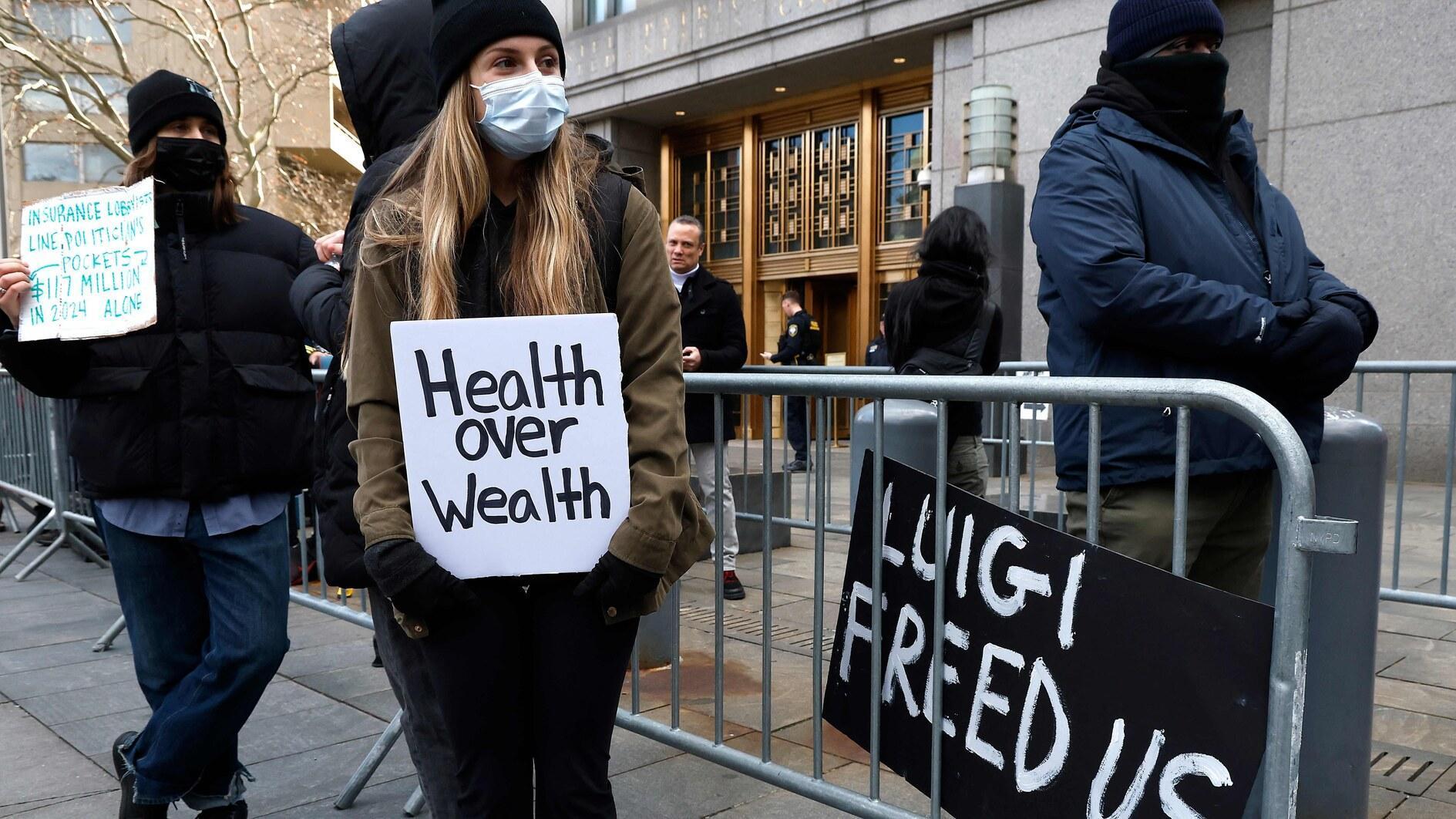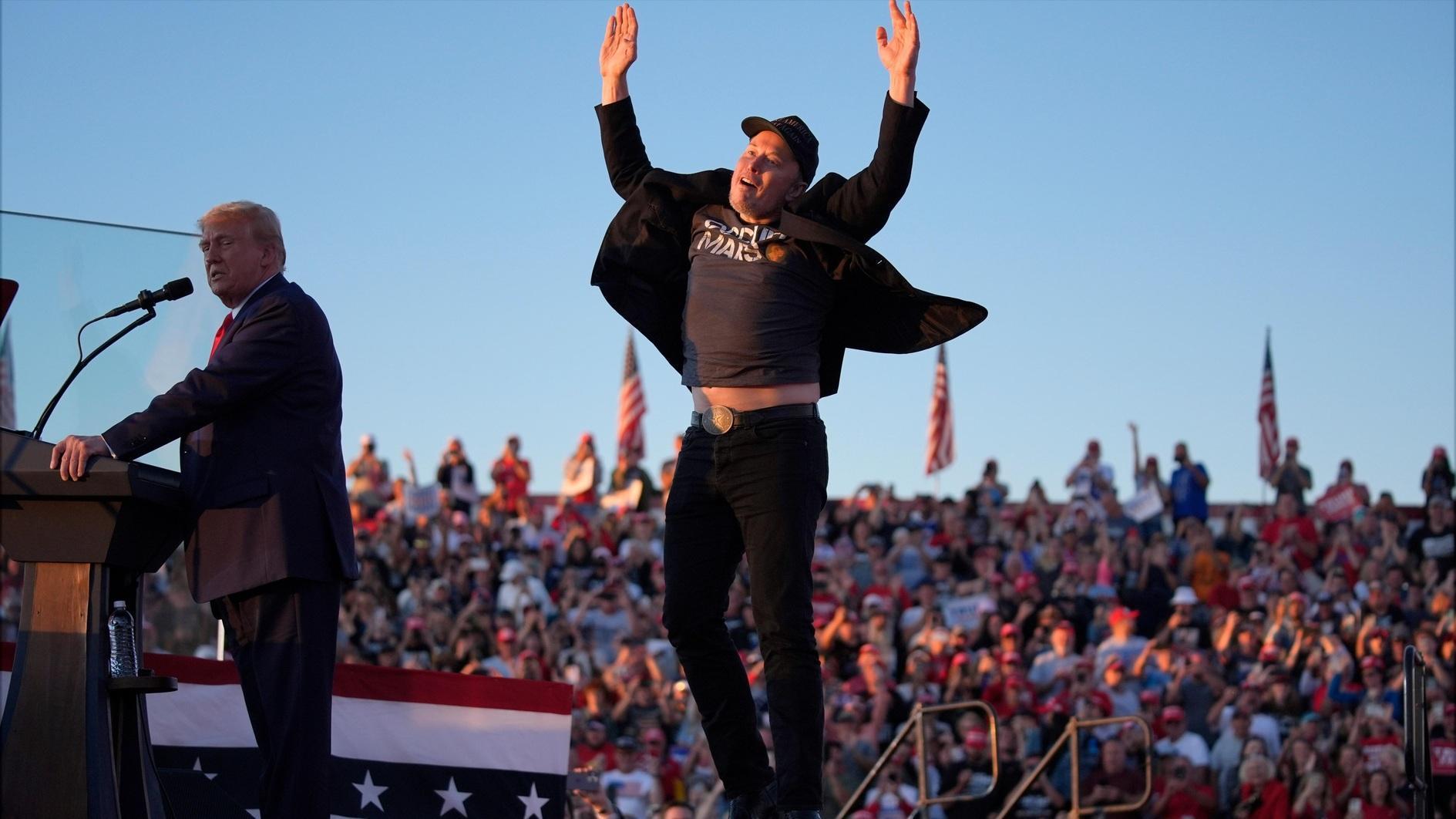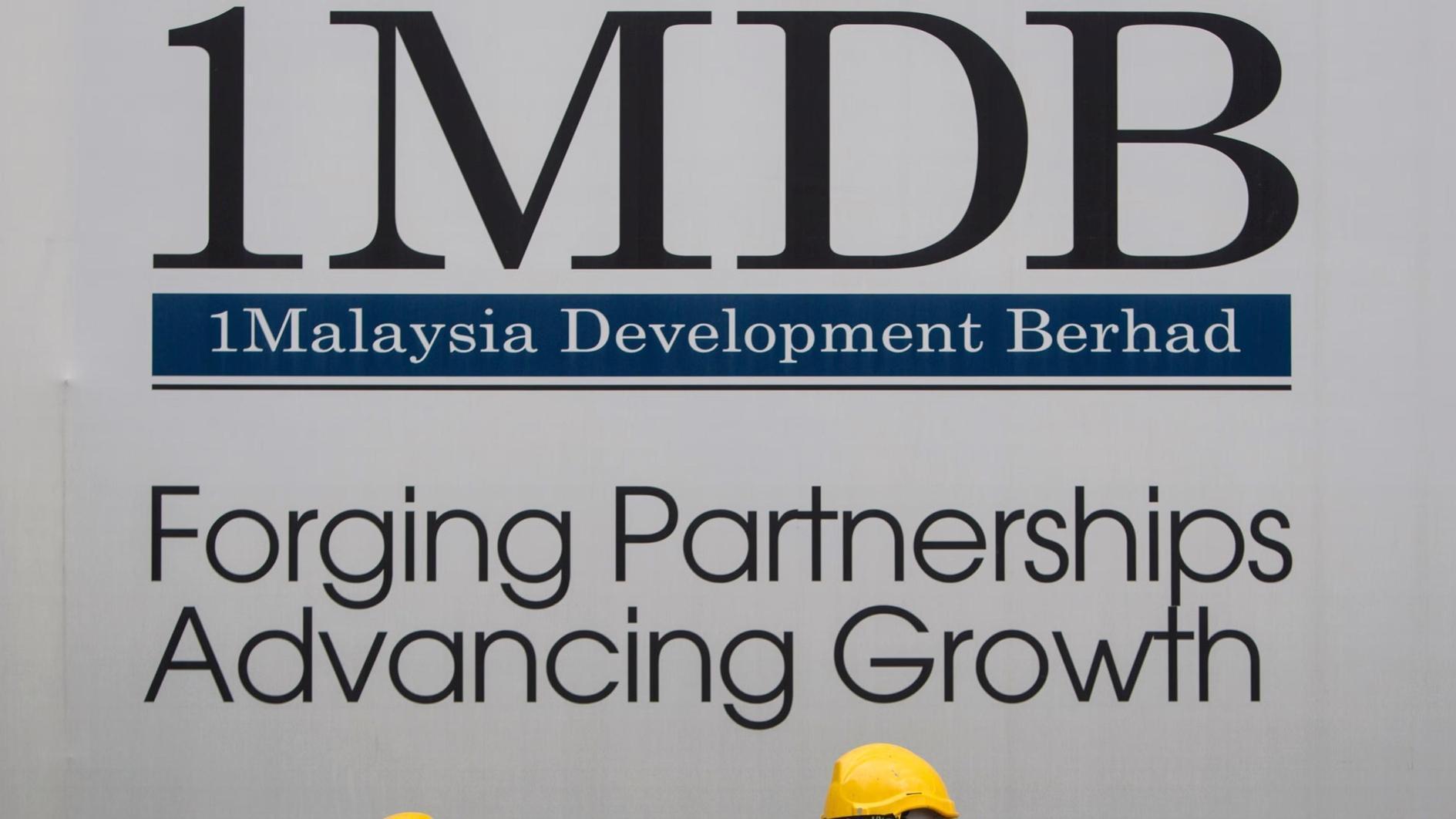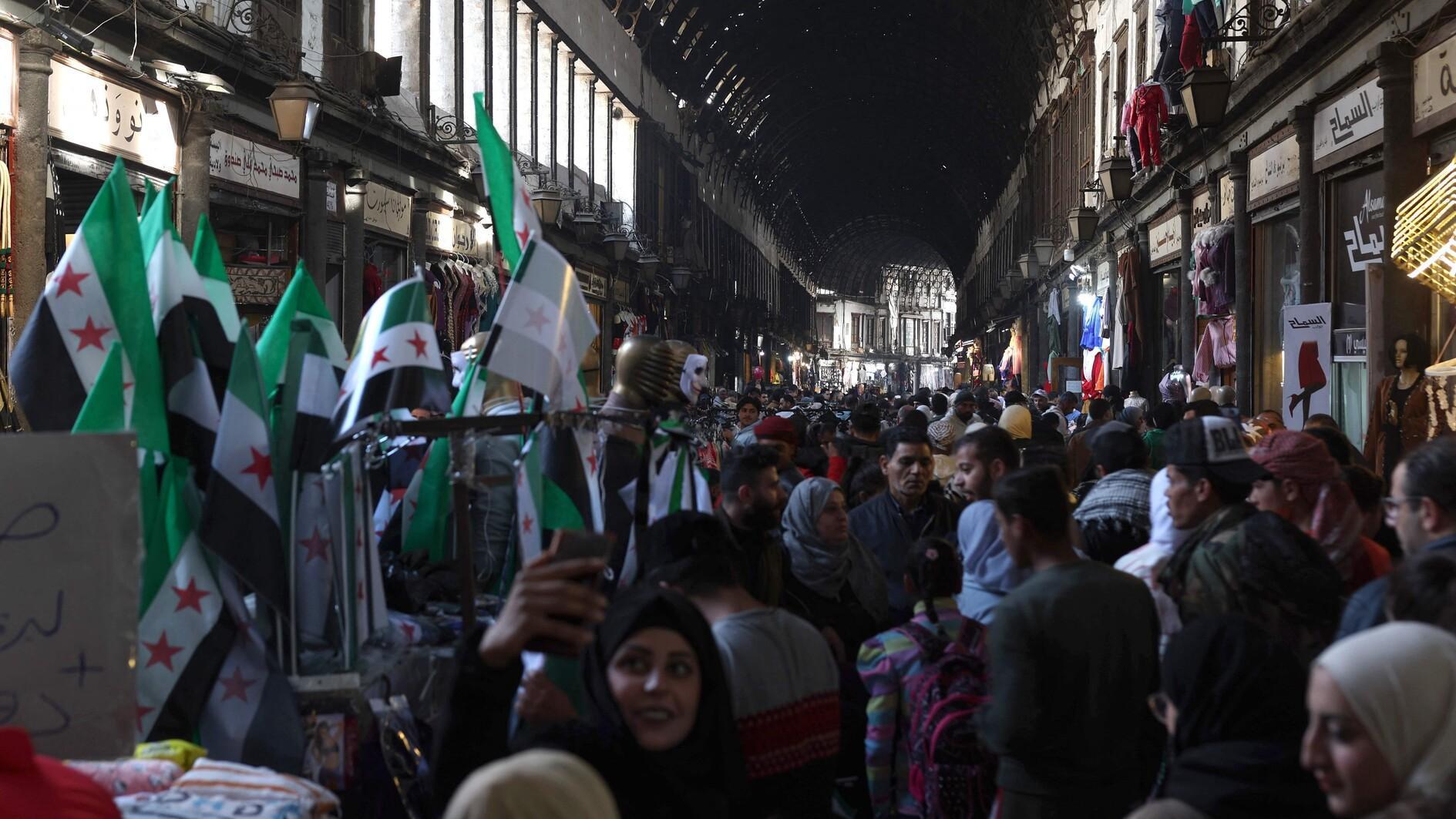Halabja massacre's 5,000 victims commemorated in 25th anniversary
SULAYMANIYAH - Anatolia News Agency / Agence France-Presse
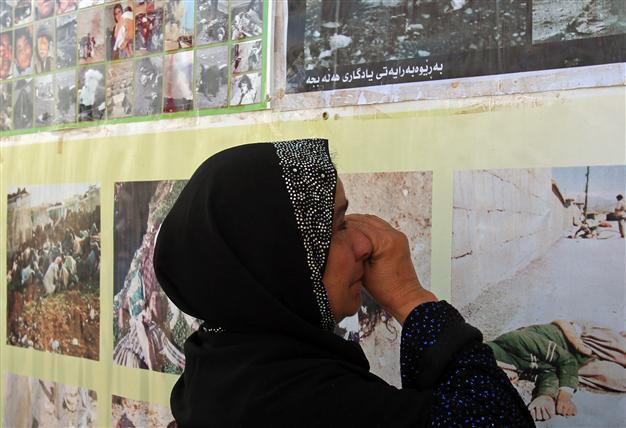
A Kurdish woman cries as she looks at pictures of victims of a gas attack by former Iraqi president Saddam Hussein in 1988, at the memorial site of the attack in the Kurdish town on Halabja, 300 kilometres northeast of Baghdad, on March 16, 2013. Many of those paying their respects held pictures of some of the estimated 5,000 people who were killed, most women and children, in what is now thought to have been the worst ever gas attack against civilians. AFP photo
Thousands of Kurds joined commemorations for the 25th anniversary of the Halabja massacre in northern Iraq on March 16. The Halabja gas attack was the deadliest offensive within the al-Anfal campaign of Saddam Hussein's Iraqi government that targeted the Kurdish population. Nearly 5,000 people died in what is thought to be the world's deadliest-ever chemical attack against civilians. Three quarters of the victims were women and children.In a speech marking the occasion, the Kurdistan Regional Government (KRG) called on the recognition of Halabja as a "genocide" and March 16 as an international day against chemical weapons. Addressing the United Nations, KRG Prime Minister Nechervan Barzani said that the whole world showed indifference when the chemical attack happened 25 years ago. "We want the UN to consider what happened in Halabja as genocide. How many more Halabjas should happen? How many more Kurd should be massacred? If the UN recognized Halabja as genocide, there would be no al-Anfal campaign and no mass graves," Barzani said. He also thanked Turkish photojournalist Ramazan Öztürk for his pictures, which shined a light on the event across the world.
Leaflets were scattered around Halabja that read, "From Tears to Hope," and "From Hatred to Forgiveness."
Many countries have taken the lead in recognizing the al-Anfal campaign as a "Kurdish Genocide," the latest being Britain. Saddam's assault began in 1987 and culminated with the Halabja massacre on March 16 1988. Nearly 200,000 Kurds were killed, but the real number of human losses is unknown as many locals still suffer from the effects of the chemical gases used during the campaign.
According to Human Rights Watch, some 4,000 villages out of 4,655 were wiped out between April 1987 and August 1988, 250 of which had been attacked with chemical weapons. More than 1,700 schools, 2,450 mosques, as well as 27 churches were also destroyed.
Barzani said that after 25 years, trees have started to give fruit again and the reconstruction had begun. He also added that problems remained with the central government in Baghdad. Referring to Prime Minister Nuri al-Maliki without directly naming him, Barzani stressed that they wanted to solve their problems through dialogue and negotiation. "We know [how the] dictatorial regime [feels]," he said.


